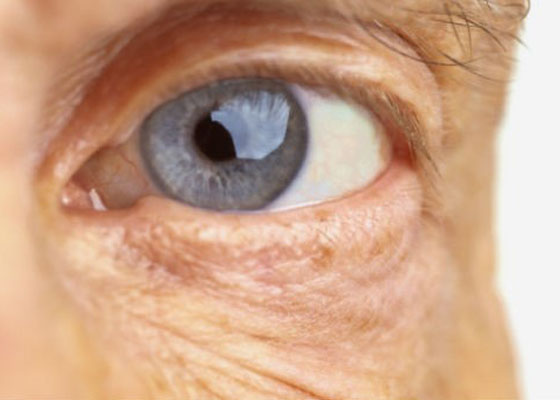Project Description
Hyperopia (or farsightedness) is a common vision condition in which you can see distant objects clearly, but objects nearby may be blurry. Farsightedness is one type of refractive error.
Farsightedness occurs when your cornea is curved too little or your eye is shorter than normal. Instead of being focused precisely on your retina, light is focused behind your retina, resulting in a blurry appearance for close-up objects.
Farsightedness can be associated with several problems, such as:
- Crossed eyes. Some children with farsightedness may develop crossed eyes. Specially designed eyeglasses that correct for part or all of the farsightedness may effectively treat this problem.
- Reduced quality of life. Uncorrected farsightedness can affect your quality of life. You might not be able to perform a task as well as you wish. In children, untreated farsightedness may cause learning problems.
- Uncorrected farsightedness may cause you to squint or strain your eyes to maintain focus. This can lead to eyestrain and headaches.
Farsightedness usually is present at birth and tends to run in families.
How is hyperopia treated?
In young people, treatment isn’t always necessary because the crystalline lenses inside the eyes are flexible enough to compensate for the condition. But as you age, the lenses become less flexible and eventually you’ll probably need corrective lenses to improve your near vision.
This eye disorder is easily corrected with eyeglasses or contact lenses. Another treatment option is refractive surgery.
Refractive surgery methods include:
- Laser-assisted in-situ keratomileusis (LASIK). LASIK is a procedure in which the ophthalmologist makes a thin, circular hinged flap cut into your cornea. Then the surgeon uses an excimer laser to change your corneal shape. After the laser, the thin corneal flap is repositioned.
- Laser-assisted subepithelial keratectomy (LASEK). The surgeon creates a flap involving only the cornea’s thin protective cover (epithelium). Then the surgeon uses an excimer laser to reshape the cornea’s outer layers and steepen its curvature and then reposition the epithelial flap. To facilitate healing, you may wear a bandage contact lens for several days after the procedure.
- Photorefractive keratectomy (PRK). This procedure is similar to LASEK, except the surgeon removes the epithelium. It’ll grow back naturally, conforming to your cornea’s new shape. You may need to wear a bandage contact lens for a few days following surgery.
- Phakic intraocular lenses. Some patients with high hyperopia who have too high of level of hyperopia for PRK & LASIK or a very thin cornea can be treated with lenses placed inside the eye called phakic intraocular lenses (ICL…)
Clear lens extraction and IOL implant. This technic allows to correct high hyperopias and presbyopia. Its indicated in adults over 40.


 EMERGENCIES 24h. AND APPOINTMENTS
EMERGENCIES 24h. AND APPOINTMENTS 